Introduction
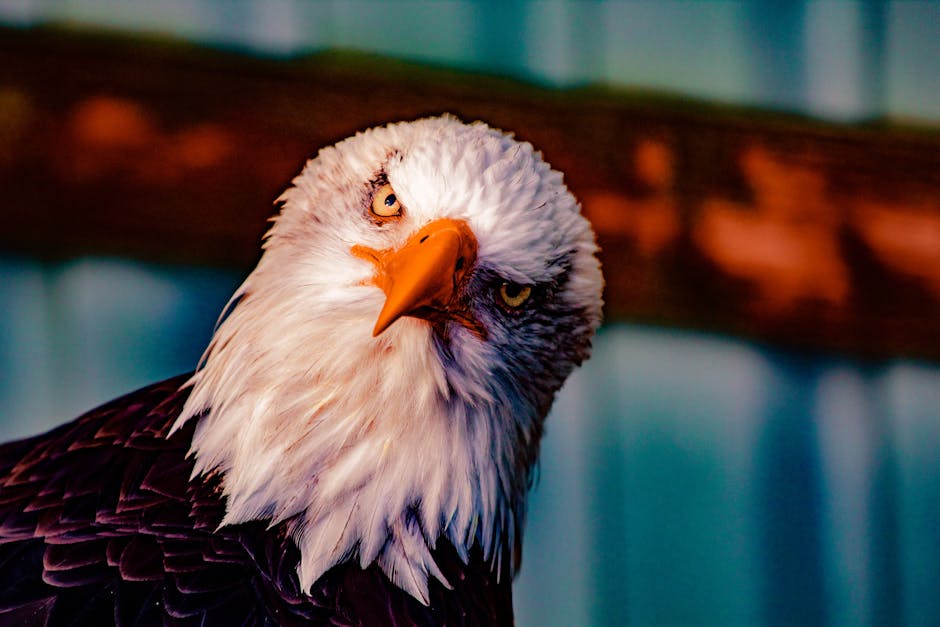
Head bobbing is a fascinating behavior observed in birds, characterized by rhythmic up-and-down movements of their heads. It varies in speed, intensity, and duration across different bird species and individuals. Understanding head bobbing is crucial for bird owners and enthusiasts for several reasons.
Definition of Head Bobbing in Birds
Head bobbing refers to the repeated, rhythmic movement of a bird’s head, characterized by an up-and-down motion. It serves as a natural form of communication and social interaction among various bird species.
Importance of Understanding Head Bobbing
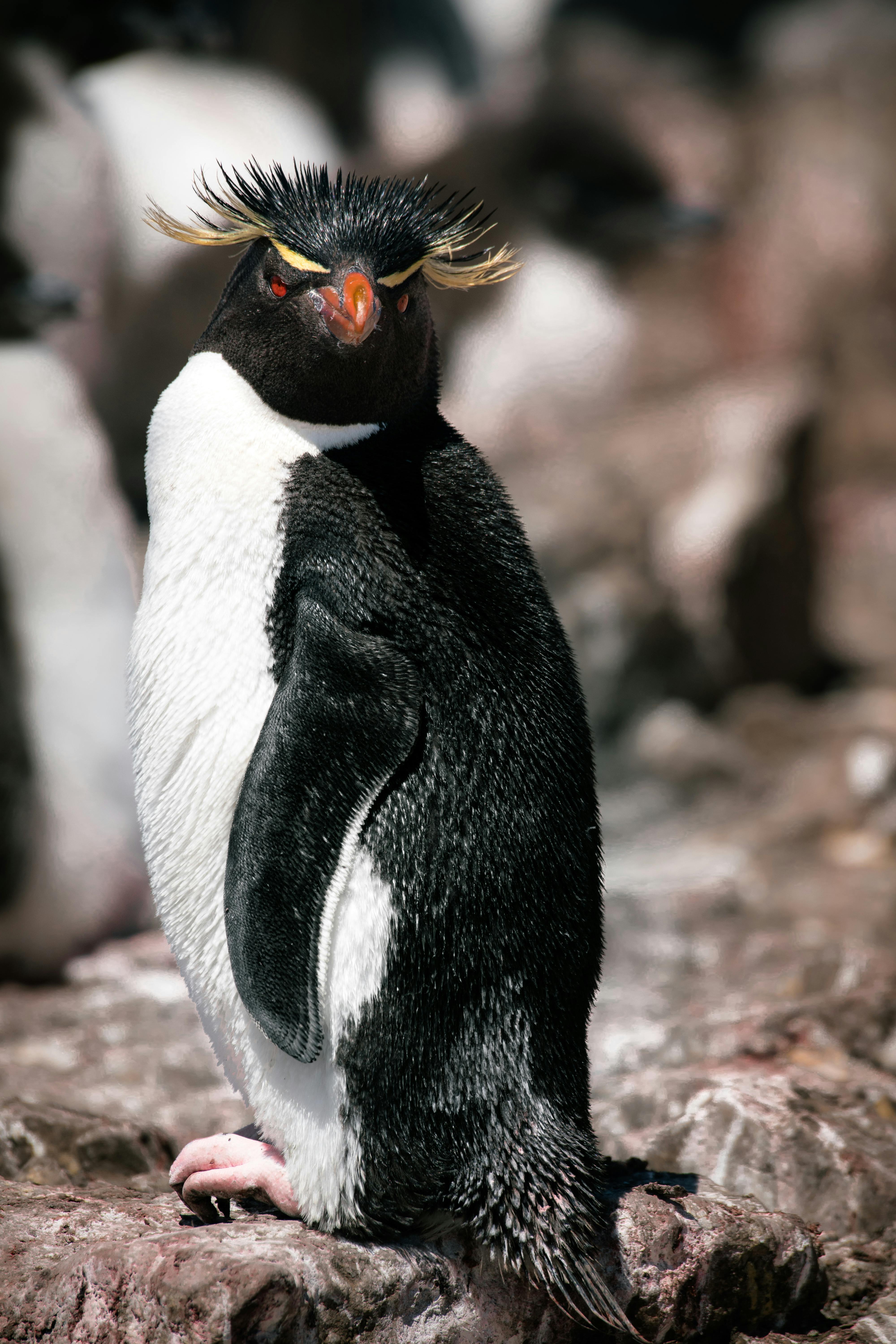
1. Communication and Social Interaction
Head bobbing plays a vital role in avian communication, conveying messages such as territoriality, courtship, aggression, or submission. By comprehending head bobbing patterns, bird owners can better understand their birds’ intentions and emotions, strengthening the human-bird bond.
2. Health and Well-being Indicators
Head bobbing can indicate a bird’s physical and mental well-being. Excessive or abnormal head bobbing may signal stress, illness, injury, or discomfort. Observing and analyzing head bobbing patterns helps bird owners detect potential health issues and seek appropriate veterinary care.
3. Species-specific Behavior
Different bird species exhibit unique head bobbing behaviors, providing insights into their natural history, habitat preferences, and evolutionary adaptations. Studying head bobbing contributes to conservation efforts and enhances our appreciation for avian diversity.
In the following sections, we will explore common reasons for head bobbing in birds, methods for identifying its cause, related behaviors to be aware of, and appropriate responses. By delving into these topics, bird owners can develop a deeper understanding of their feathered friends and provide them with the care they need.
Common Reasons for Head Bobbing in Birds

Head bobbing in birds has various meanings depending on the context. Understanding these reasons provides valuable insights into the well-being and communication of your feathered friend.
Excitement/Enthusiasm
Birds bob their heads in response to exciting or stimulating situations, expressing their enthusiasm and eagerness.
Attention-Seeking Behavior
Head bobbing can be a way for birds to seek attention or initiate interaction, strengthening the bond between bird and owner.
Stress and Anxiety
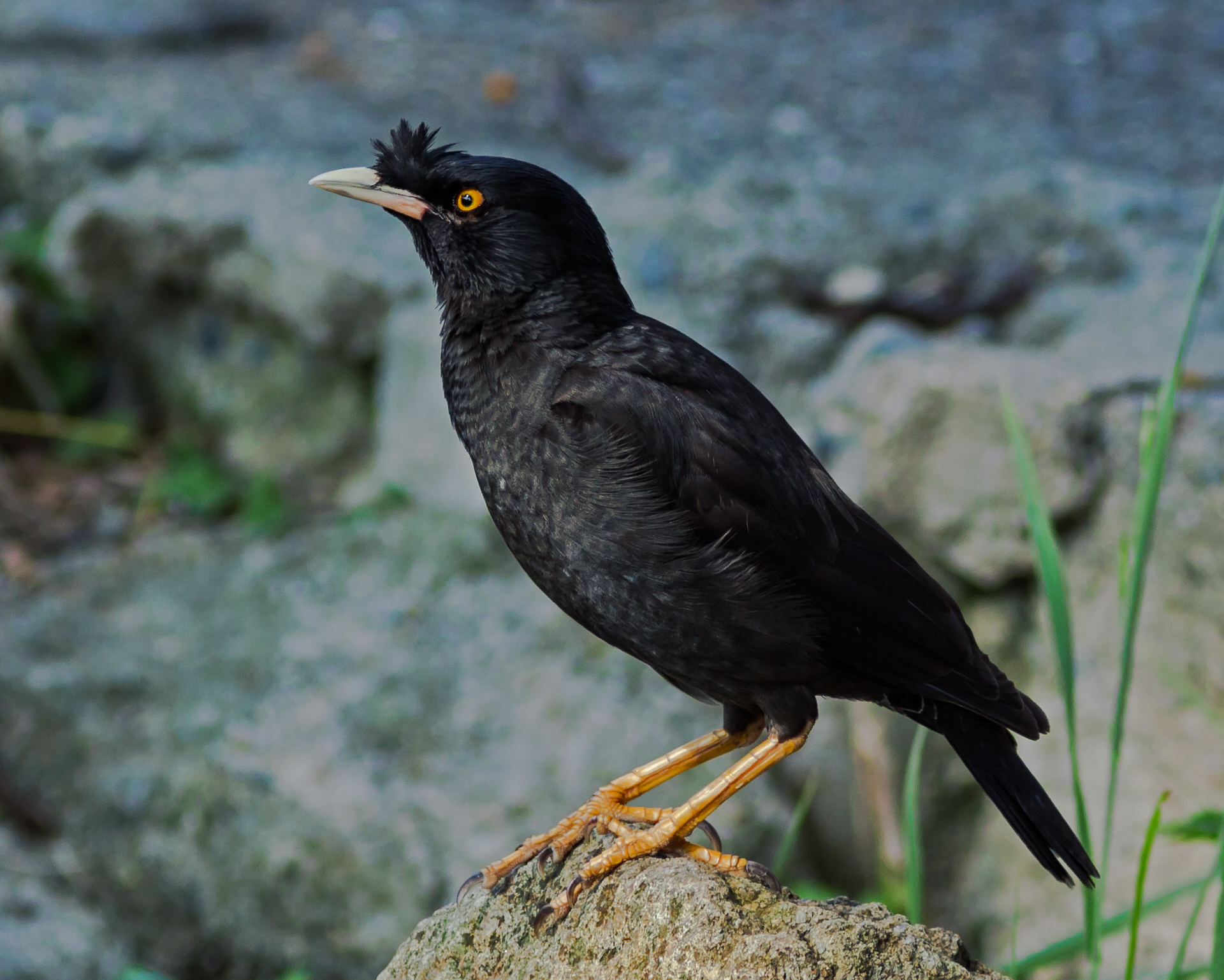
Head bobbing can manifest as a response to stress or anxiety in birds. Creating a calm environment and providing enrichment activities can help alleviate their stress.
Courtship Behavior
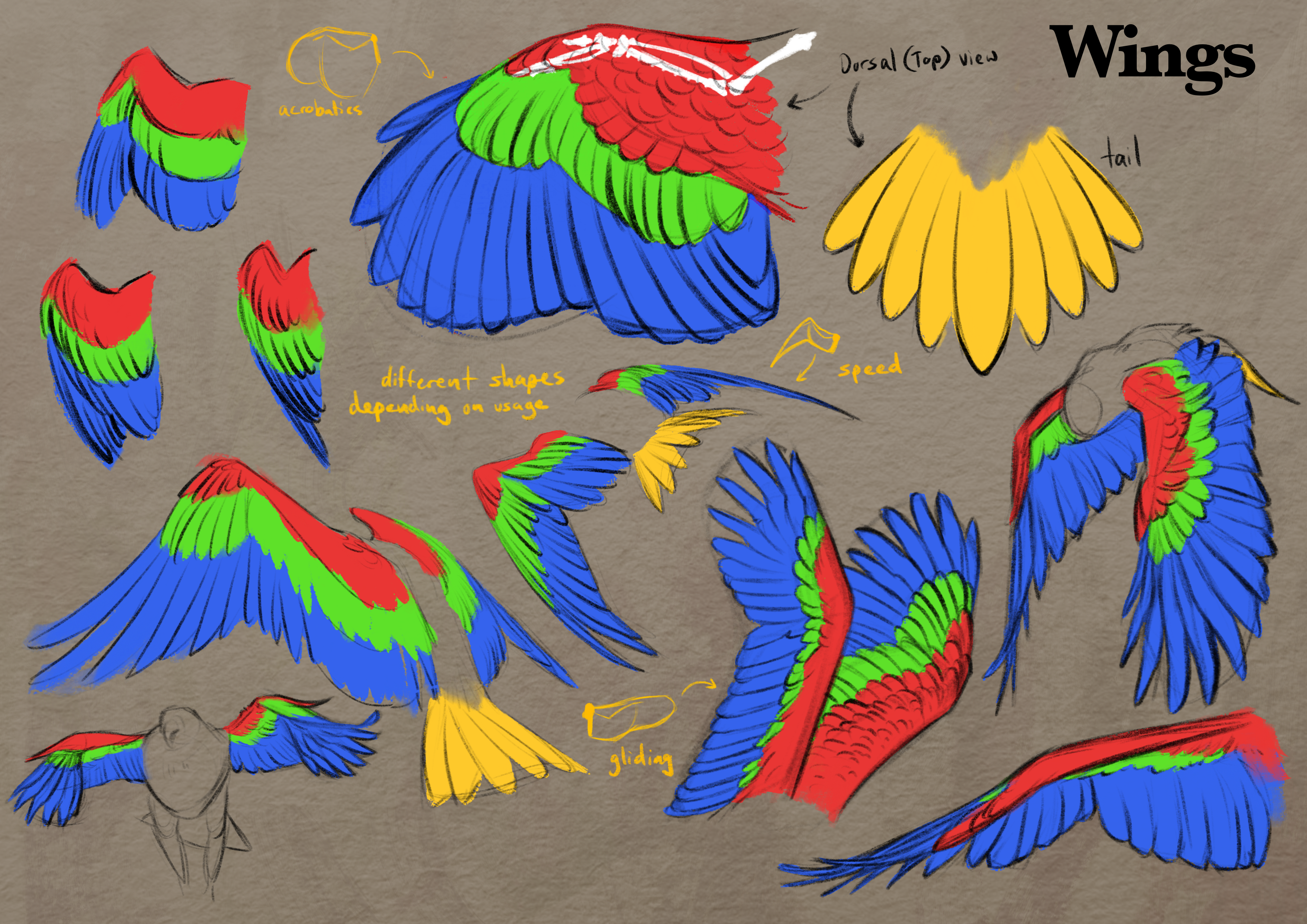
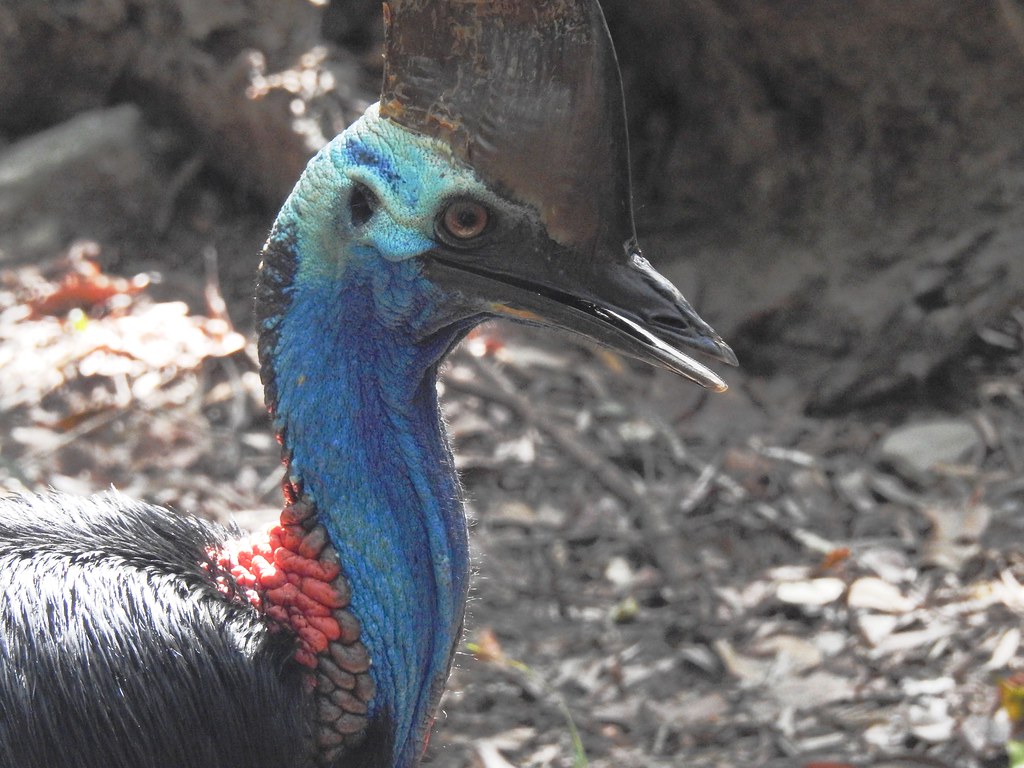
Head bobbing is part of courtship displays in many bird species, signaling a desire to mate or establish territory.
Grooming
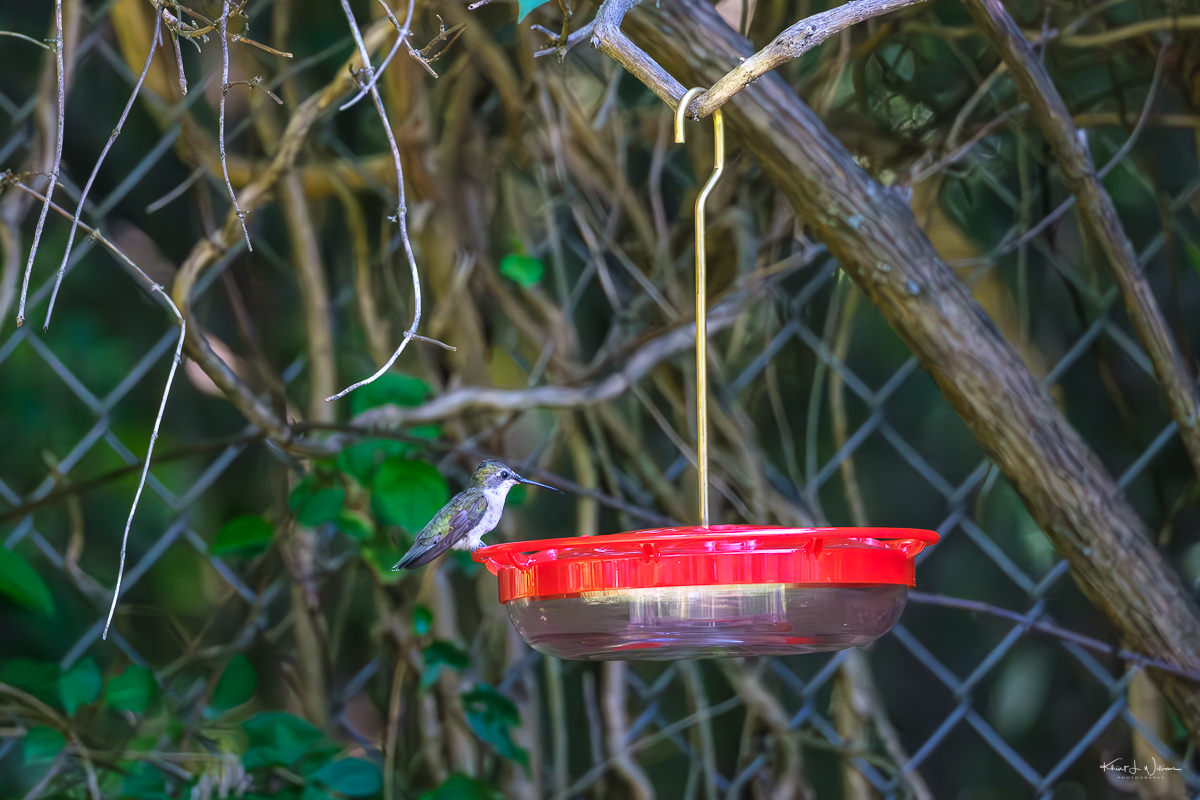
Birds use head bobbing as part of their grooming routine, maintaining the health and appearance of their feathers.
Understanding these reasons for head bobbing helps interpret your feathered friend’s behavior accurately. In the next section, we will explore how to identify the specific cause of head bobbing by observing the bird’s environment, checking for signs of illness, and watching their behavior closely.
Identifying the Cause of Head Bobbing
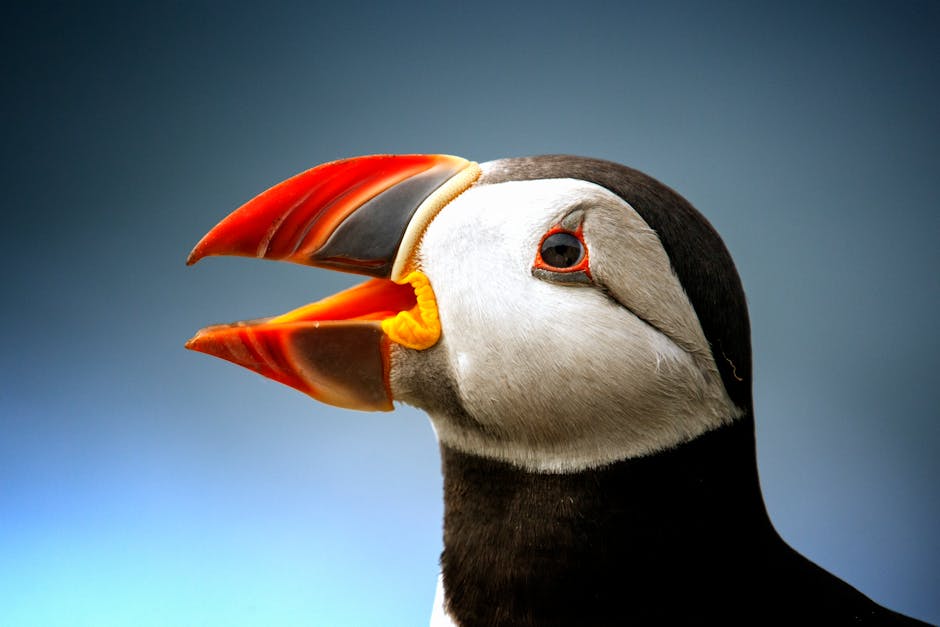
To determine why a bird is exhibiting head bobbing behavior, it’s important to carefully observe its environment, check for signs of illness, and closely watch its behavior. By considering these factors, valuable insights can be gained into the underlying cause.
Observing the Environment
Start by noting any recent changes in the bird’s surroundings. Have there been modifications to the cage, such as new accessories or a relocation? Changes in the immediate environment can sometimes trigger stress or anxiety in birds, leading to abnormal behaviors like head bobbing.
Also, pay attention to the temperature and lighting conditions. Extreme temperatures or inadequate lighting can cause discomfort and contribute to unusual behavior. Ensure that the bird’s environment provides suitable conditions for its well-being.
Checking for Signs of Illness
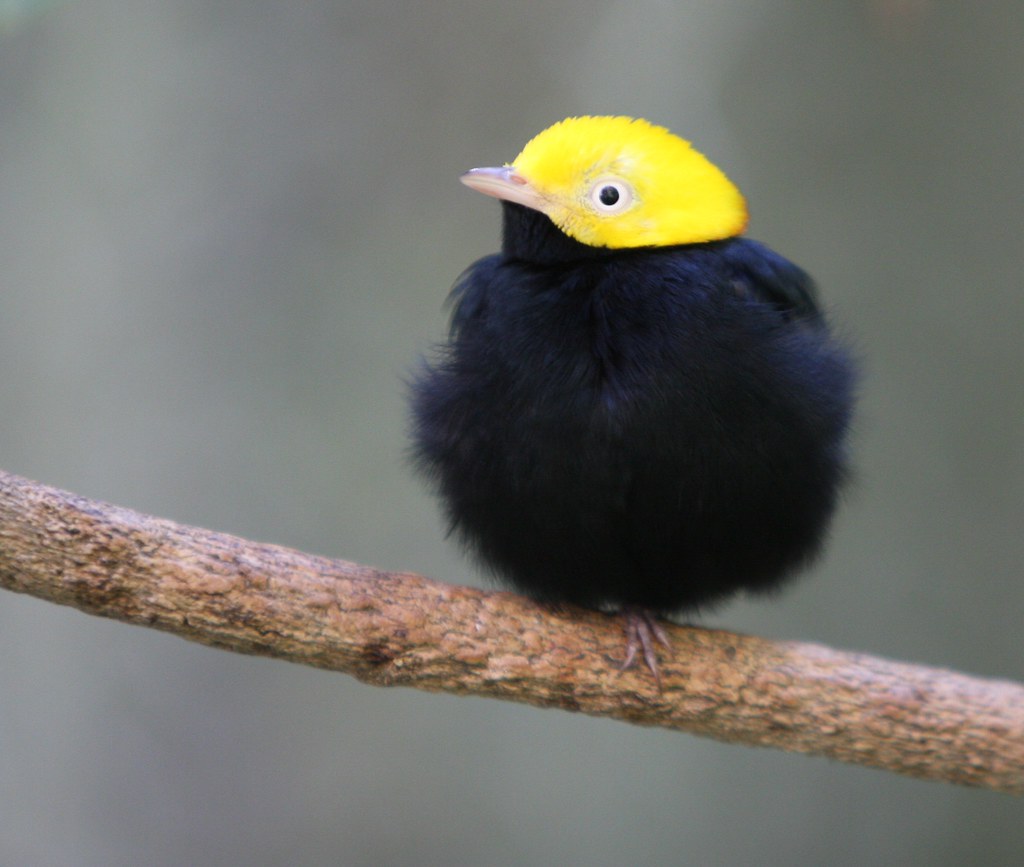
Head bobbing can sometimes indicate underlying health issues. Look for other accompanying symptoms that might suggest illness, such as changes in appetite, weight loss, feather plucking, eye or nasal discharge, or abnormal droppings. These can be red flags.
If the head bobbing persists and is accompanied by concerning signs, it is crucial to consult a veterinarian specializing in avian care. A professional examination and diagnosis can help identify any underlying health conditions that may be causing the behavior.
Watching Behavior Patterns
Carefully observe the bird’s head-bobbing pattern and frequency. Is it a periodic behavior or does it occur constantly? Understanding the regularity of the head bobbing can provide insights into its cause.
Take note of any other behaviors exhibited alongside the head bobbing. Vocalizations, wing flapping, or body movements that coincide with the head bobbing can give clues about the bird’s overall state. Additionally, observe how the bird interacts with its environment and other birds or humans. Are there specific stimuli or social interactions that trigger the head bobbing?
Consider the bird’s age, species, and natural behaviors. Some species, like doves and pigeons, naturally exhibit head bobbing as part of their normal behavior. Understanding species-specific behaviors can help differentiate between natural and abnormal head bobbing.
By carefully observing the bird’s environment, checking for signs of illness, and watching its behavior, valuable information can be gathered to identify the cause of head bobbing. This understanding is crucial in determining the appropriate response and ensuring the bird’s well-being.
Word count: 315 words
Understanding Other Related Behaviors

Birds exhibit various behaviors that are closely related to head bobbing, providing valuable insights into their communication and well-being.
Preening
Preening is essential for birds to maintain the health and appearance of their feathers. It involves cleaning, arranging, and conditioning feathers. Head bobbing may occur as birds adjust their position to reach different areas of their body during preening, ensuring a thorough grooming session.
Fluffing up Feathers
Birds often fluff up their feathers to regulate their body temperature. By creating air pockets, they insulate themselves in colder temperatures. Head bobbing may be observed as birds adjust their body posture and maximize insulation and heat retention.
Vocalizations
Birds communicate through a diverse range of vocalizations, including chirping, singing, squawking, and mimicking sounds. Some bird species rhythmically bob their heads during singing or calling to attract mates or establish territorial boundaries, adding emphasis to their vocalizations.
Body Posture
Birds use body posture to convey messages and express emotions. Head bobbing can be associated with specific postures, such as raising the head high and rapidly bobbing it up and down. This behavior is observed during courtship displays or as a territorial gesture, indicating dominance or aggression.
It’s important to note that head-bobbing behavior varies between bird species and individuals. Understanding the nuances of each behavior in relation to head bobbing provides valuable insights into a bird’s communication patterns and emotional states.
How to Respond to Head Bobbing Behavior
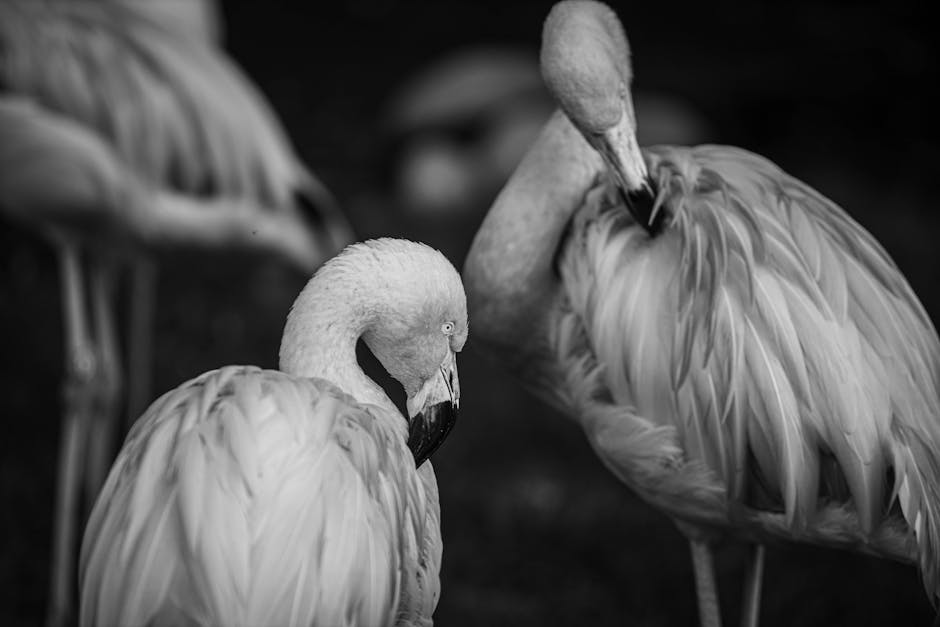
Bird owners and enthusiasts can respond appropriately to head bobbing behavior by understanding the underlying causes. Tailoring responses accordingly promotes the bird’s well-being and strengthens the human-bird bond.
Responding to Attention-Seeking Behavior
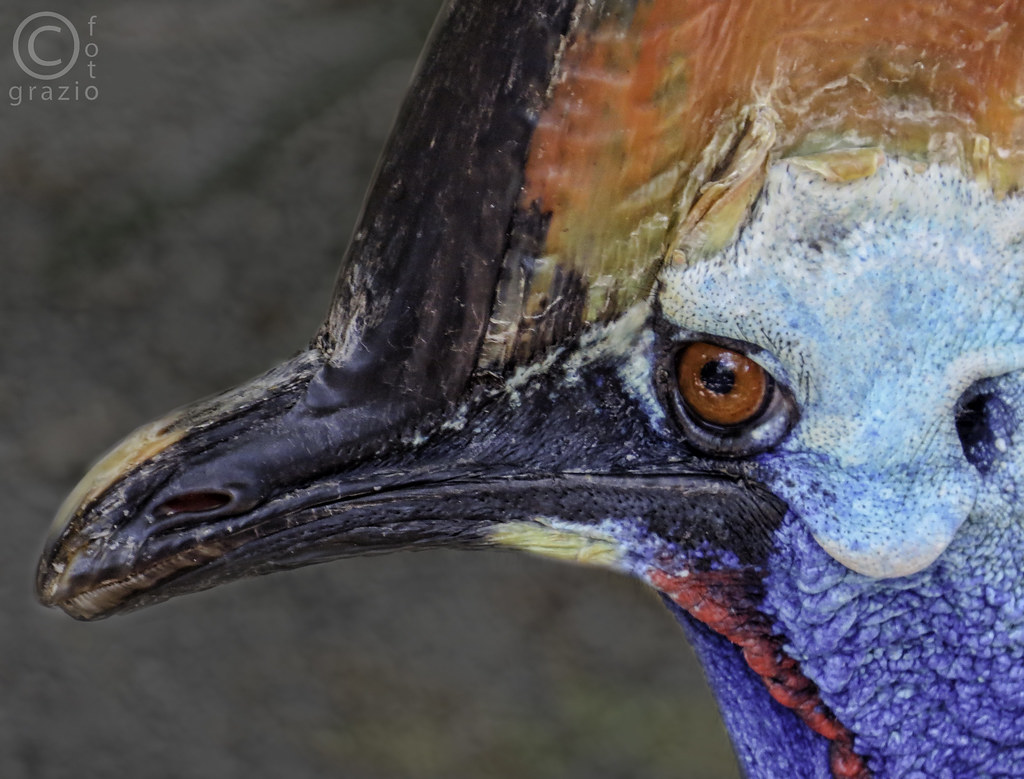
Address the bird’s need for interaction and engagement by providing regular social interaction, playtime, and mental stimulation. Engaging in interactive toys, training sessions, and spending quality time with the bird redirect their focus and fulfill their attention-seeking needs.
Responding to Stress and Anxiety
Create a calm and secure environment by identifying and eliminating stressors. Provide a consistent daily routine, hiding spots, and a balanced diet to reduce stress levels. Calming techniques such as gentle music or a comforting environment can also be beneficial.
Responding to Courtship Behavior
Respect the bird’s natural instincts during courtship displays. Offer suitable nesting materials, adequate space for courtship displays, and compatible mates or companions to support their courtship needs.
Responding to Grooming Behavior
Provide a clean and conducive environment for grooming. Ensure access to fresh water for bathing, appropriate perches for grooming, and a balanced diet for overall grooming and feather health. Offer bird-safe grooming toys to enhance the grooming experience.
In conclusion, understanding and responding to head bobbing behavior effectively requires recognizing the underlying causes and providing appropriate responses. By addressing the bird’s needs and creating a suitable environment, bird owners can ensure the well-being of their feathered companions.
How to Respond to Head Bobbing Behavior in Birds
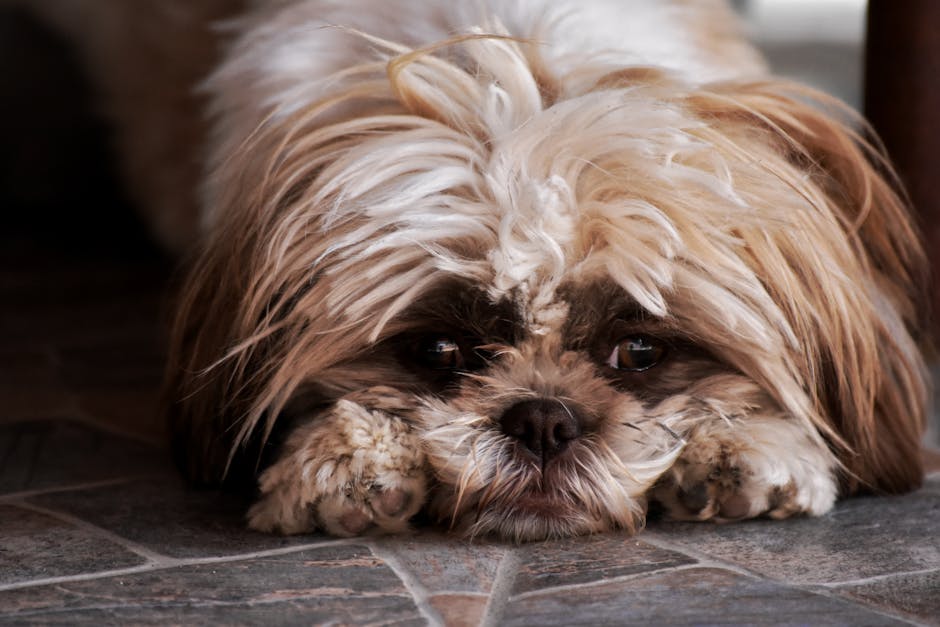
Attention-Seeking Behavior
Birds may bob their heads to seek attention. To fulfill their social needs, provide dedicated quality time each day. Interact through talking, singing, or playing engaging games.
- Interactive Play: Offer mentally stimulating toys that challenge problem-solving skills and divert attention from excessive head bobbing.
- Environmental Enrichment: Create an engaging environment with a variety of toys, perches, and objects. Rotate or introduce new toys regularly to prevent boredom.
Stress and Anxiety
Head bobbing can indicate stress or anxiety. Create a calm atmosphere by identifying and minimizing stressors.
- Identify Stressors: Assess surroundings for loud noises, routine changes, or the presence of predators or other pets. Minimize or eliminate these stressors.
- Consistent Routine: Establish a stable daily routine for a sense of security.
- Safe Spaces: Provide hiding spots within the bird’s enclosure for stress relief.
- Professional Guidance: Consult an avian veterinarian or behaviorist for chronic stress or anxiety.
Courtship Behavior
Head bobbing is common during courtship displays. Respect natural instincts and redirect focus if breeding is not intended.
- Provide Suitable Outlets: Offer appropriate companions or toys for courtship behaviors.
- Avoid Reinforcing Mating Behaviors: Discourage excessive or prolonged courtship behaviors through distraction or redirection.
Grooming Behavior
Head bobbing can be part of a bird’s grooming routine. Provide grooming opportunities and observe for abnormal behavior.
- Provide Grooming Opportunities: Offer bird-safe mirrors, preening toys, or shallow water bowls for bathing.
- Observe for Abnormal Behavior: Be vigilant for signs of excessive or compulsive behavior. Consult a veterinarian if concerned.
Conclusion

Head bobbing in birds serves various purposes, including attention-seeking, stress or anxiety, courtship displays, and grooming routines. By understanding and appropriately responding to these behaviors, you can ensure your bird’s well-being and strengthen your bond. Spend quality time, create a calm environment, respect natural instincts, and provide suitable outlets. Cultivate a happy and harmonious relationship with your feathered friend.
Frequently Asked Questions
Frequently Asked Questions
1. Why is my bird constantly bobbing its head?
Constant head bobbing in birds can have various causes. It could be a sign of excitement, attention-seeking behavior, stress, anxiety, courtship behavior, or even a grooming routine. Carefully observing your bird’s environment, behavior patterns, and overall health can help determine the specific cause of its head bobbing.
2. Is head bobbing in birds a sign of illness?
Head bobbing can sometimes indicate underlying health issues. However, it is not always a direct sign of illness. If your bird’s head bobbing is accompanied by concerning symptoms like changes in appetite, weight loss, feather plucking, or abnormal droppings, it is important to consult a veterinarian specializing in avian care for a thorough examination and diagnosis.
3. How can I tell if my bird’s head bobbing is normal or abnormal?
Different bird species exhibit unique head bobbing behaviors, so what may be normal for one species may be abnormal for another. Understanding species-specific behaviors and observing the regularity and context of the head bobbing can help differentiate between natural and abnormal behavior. If you have concerns, it is best to consult avian experts or veterinarians for professional advice.
4. How should I respond to my bird’s head bobbing behavior?
The appropriate response to head bobbing depends on the underlying cause. If it is attention-seeking behavior, providing regular social interaction and mental stimulation can redirect their focus. For stress and anxiety, creating a calm environment and identifying stressors can help alleviate their distress. During courtship behavior, respecting the bird’s natural instincts and providing suitable outlets are important. And for grooming behavior, offering grooming opportunities and observing for any abnormalities is recommended.
5. When should I be concerned about my bird’s head bobbing?
While occasional head bobbing is generally normal, there are instances when you should be concerned. If the head bobbing is

Leave a Reply